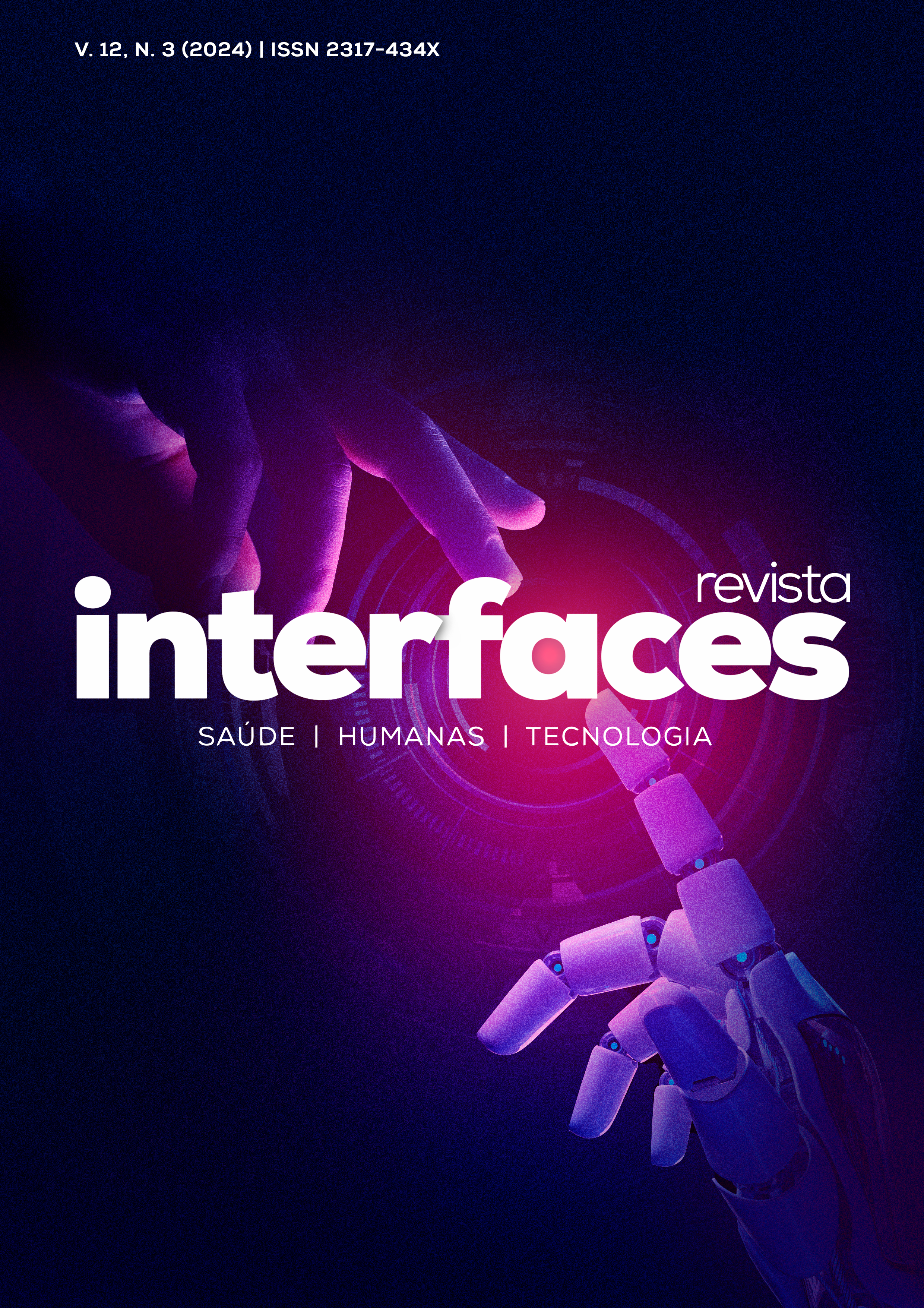IDENTIFICATION OF ORAL CHANGES IN PATIENTS UNDER HEMODIALYSIS TREATMENT
DOI:
https://doi.org/10.16891/2317-434X.v12.e3.a2024.pp4186-4194Abstract
Chronic kidney disease is a pathology that systemically compromises the individual and can cause damage to oral health. Conversely, oral alterations can interfere with the individual’s systemic condition, impacting on their quality of life. The present study aimed to identify the most frequent oral alterations in patients undergoing hemodialysis in a nephrological treatment unit in the interior of the state of Ceará, through an observational cross-sectional study, comprising a sample of 40 patients. The inclusion criteria were patients undergoing hemodialysis at this treatment unit who were willing to participate in the research. Exclusion criteria were patients under 18 years of age and those who dropped out after starting the study. Data were collected by administering a questionnaire containing general information and the patients’ health history, as well as by conducting an intraoral physical examination. The data were statistically analyzed using a descriptive analysis of the results, which were displayed in Excel charts. The results showed that the most frequent oral alterations among the participants were pale mucosa (n=38), dental calculus (n=31), petechiae (n=24) and tooth loss (n=20). In lower prevalences, manifestations such as uremic breath (n=15), tongue coating (n=12), gingival inflammation (n=7) and gingival hyperplasia (n=7) were observed. These findings indicate a high prevalence of oral alterations in the hemodialysis patients investigated, highlighting the importance of comprehensive and regular dental treatment that contributes to improving the quality of life for these individuals.

